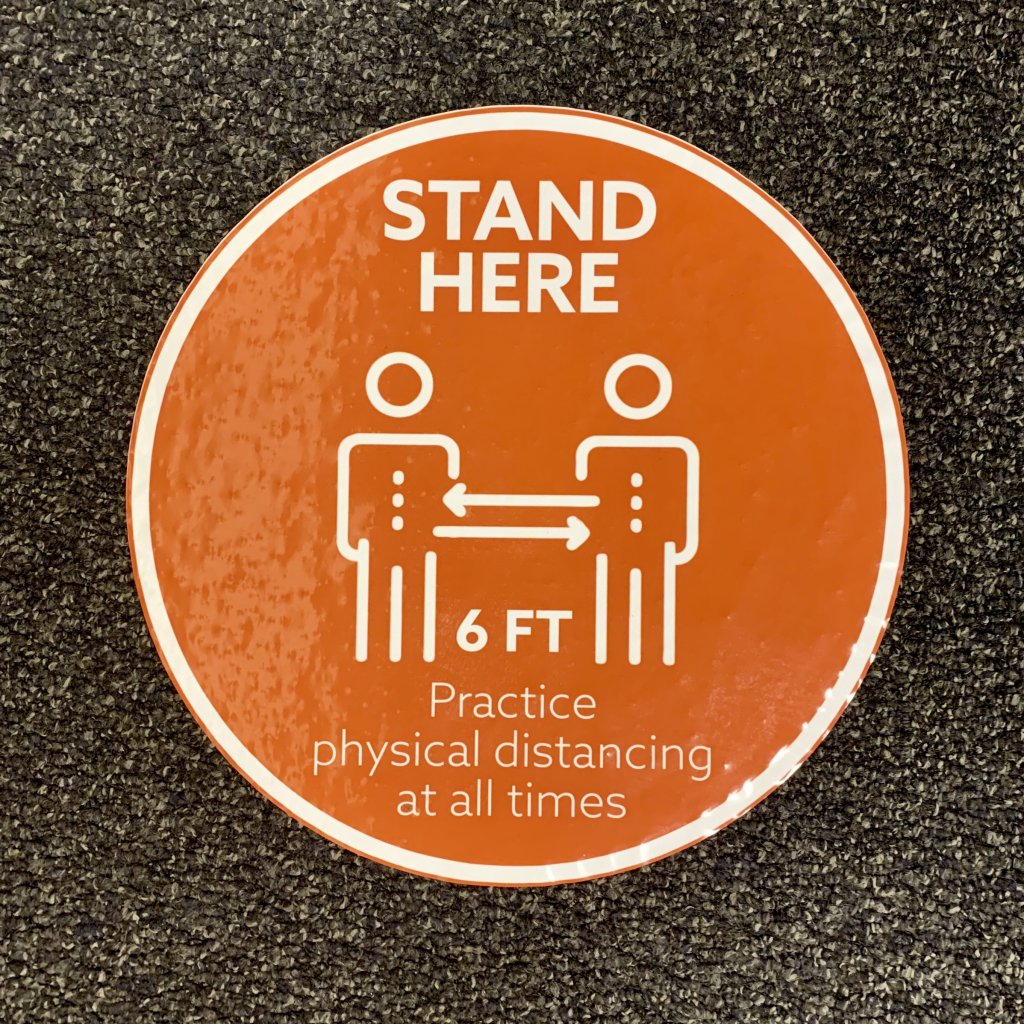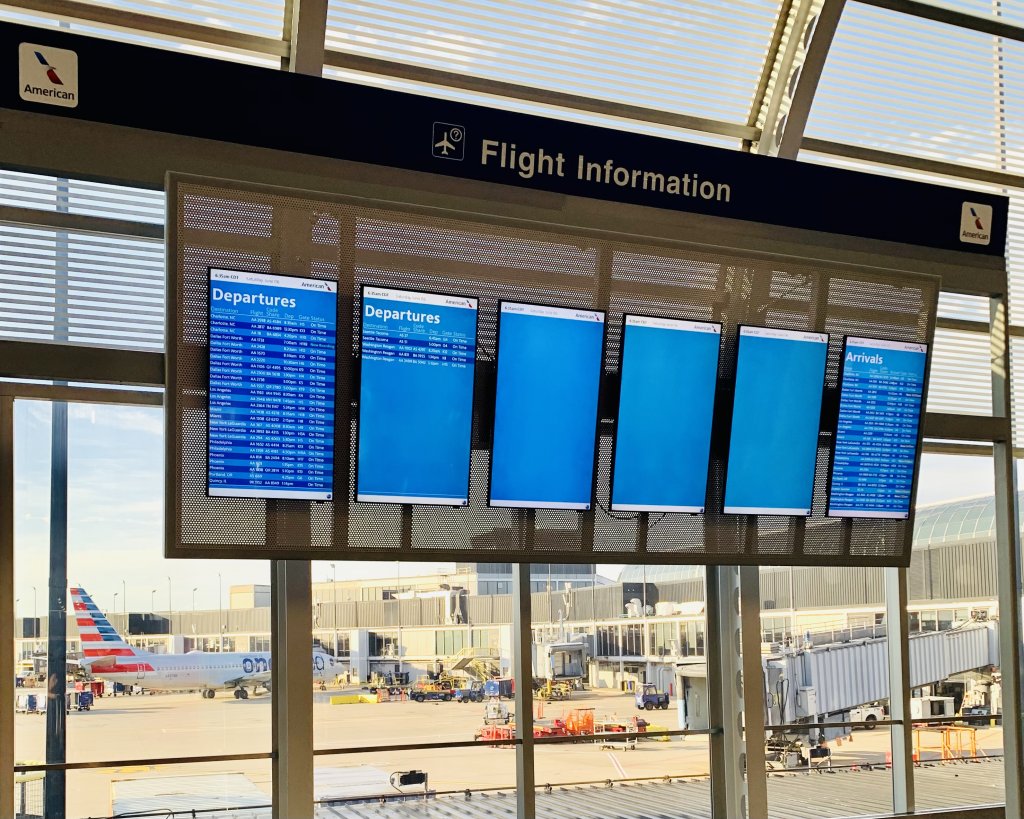Let’s face the facts, the US is way behind the rest of the world in doing it’s part to stop the spread of coronavirus. Blame it on the president, blame it on the media, the politicians, the doctors at our disposal, whatever… It is what it is. At this point, if there is anything we can do as human beings to make the world and the USA a better place, we should do it.

People coming back from an international trips and those that are entering the US, will now be required to provide a negative upon arrival. The U.S. Centers for Disease Control and Prevention (CDC) made a statement that the order will go into effect on Jan. 26, just days into the new presidency administration.
Testing does not eliminate all risk,” CDC Director Robert R. Redfield said in a statement. “But when combined with a period of staying at home and everyday precautions like wearing masks and social distancing, it can make travel safer, healthier and more responsible by reducing spread on planes, in airports and at destinations.
As of today, there have been over 23 million cases and over 385 thousand deaths since the pandemic began. The U.S. remains one of the most hard-hit countries,
“U.S. airlines have been strong advocates for a national testing standard set by the federal government,” said the trade group Airlines for America (A4A). “Since the onset of this crisis, U.S. airlines have relied on science to help guide decisions as they continuously reevaluate and update their processes, procedures and protocols.”

Before traveling to the U.S., all passengers will be required to get a COVID-19 test within three days before departure. Airlines must confirm the negative result (or recovery from COVID-19) for all passengers before boarding, and those without documentation, either printed or digital, will be denied boarding flights to the United States. Flight crews are exempt from the rule.
Here’s everything you need to know if you have international travel planned in the near future.
When does the order go into effect?
The order goes into effect on Jan. 26, 2021.
What kind of COVID-19 tests are valid
There are several different types of coronavirus tests available with varying levels of accuracy. The current gold standard of COVID-19 testing is the PCR test, which detects active COVID-19 infections. But there are also rapid antigen tests to check for proteins on the virus’s surface and antibody tests (a blood test that can identify if a previous COVID-19 infection caused your immune system to produce COVID-19 antibodies).
According to the CDC, viral tests (those that detect SARS-CoV-2 nucleic acid or antigens) are valid to enter the U.S. That means travelers should be able to take either a PCR or rapid antigen test, as long as written documentation of test results (paper or electronic copy) can be provided to the airline.
When should I get tested?
You have to provide the result of a negative test taken no more than three days before your flight to the U.S. departs.
What if I’m connecting in the U.S. but not staying?
If you’re entering the U.S. for any reason — even if you’re passing through — you’ll need a negative test result. Additionally, if your flight to the U.S. is delayed, you will have to be re-tested if the delay causes your test to fall outside of the three-day testing window.
What if I recently recovered from COVID-19?
Travelers may also provide documentation if they have recovered from COVID-19 in the past three months. Acceptable documentation is a positive test and a letter from a healthcare provider stating that you’re cleared to travel. The CDC doesn’t recommend getting tested again in the three months after a positive result.
What if I’ve been vaccinated against COVID-19?
Even if you’ve been vaccinated, you’ll need to provide a negative COVID-19 test before boarding, taken no more than three days before departure.
What about domestic flights?
The COVID-19 testing order only applies to international arrivals at this time.
“This is undoubtedly good news, and we welcome it,” spokesperson Taylor Garland, from the Association of Flight Attendants, told TPG. “But the bigger concern is that most people in the United States are flying domestically today.”
Related: Chase Ultimate Rewards During Covid-19
Are children exempt?
All passengers 2 years of age and older traveling into the U.S. must provide proof of a negative test.
Where can I get a COVID-19 test?
Similar to COVID-19 testing in the U.S., you may encounter delays in testing abroad. That means you may want to line up a testing slot at your destination even before you leave home.
Several airlines said they’re in the process of rolling out testing for U.S.-bound travelers. Airlines have been working with mail-in testing programs and local providers to help facilitate COVID-19 tests for travelers en route to destinations that require testing, such as Hawaii.
United Airlines and American Airlines have suggested they are working with the government to roll out testing to U.S.-bound international travelers.
“We look forward to working with the federal government on implementing this new order,” United Airlines said in a statement. “As the first airline to offer [COVID-19] customer testing, we know it is key to unlocking international borders and safely reopening global travel.”
And American Airlines said it’s “working closely with U.S. authorities as it implements this new order.”
COVID-19 testing at hotels and resorts has started to become more popular, and will likely be a valuable amenity going forward. Several hotels and resorts worldwide offer COVID-19 testing, including:
- Baha Mar and Atlantis in the Bahamas
- Andaz Mayakoba in Mexico
- St. Regis Maldives
- Carlton Hotel in Dublin
- Sofitel at London Heathrow
Who will check my test results?
Your airline will confirm your COVID-19 negative test result before boarding the U.S.-bound flight.
If you have any questions about traveling and the COVID-19 pandemic, it is suggested that you talk to your airlines, your Dr. and turn to the CDC for guidelines and suggestions.


 Previous Post
Previous Post Next Post
Next Post


